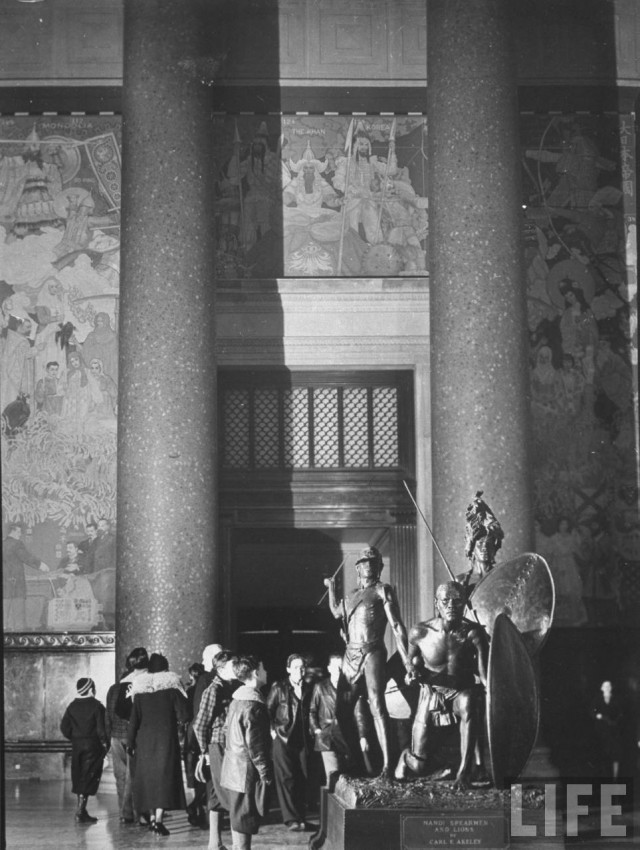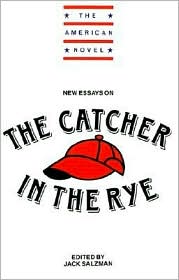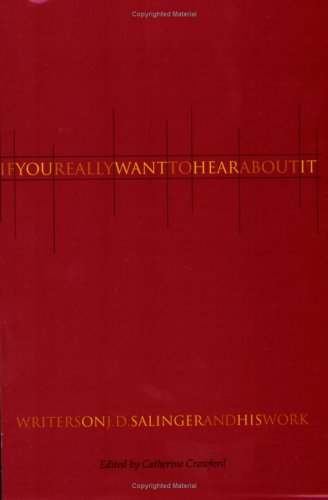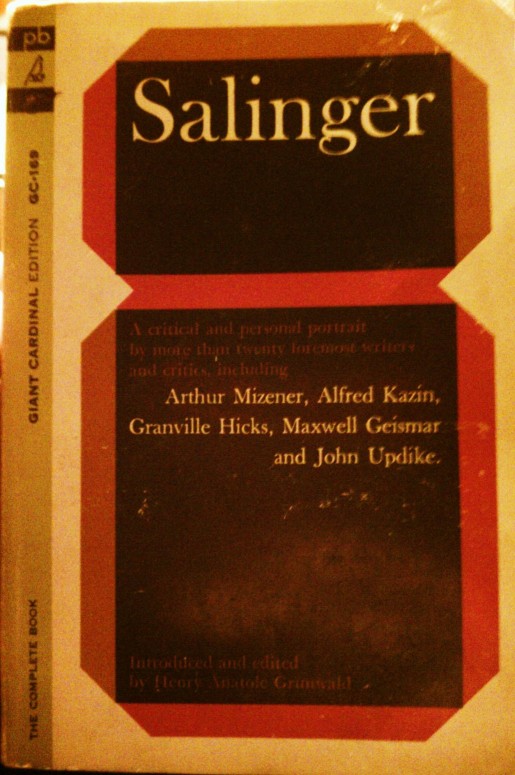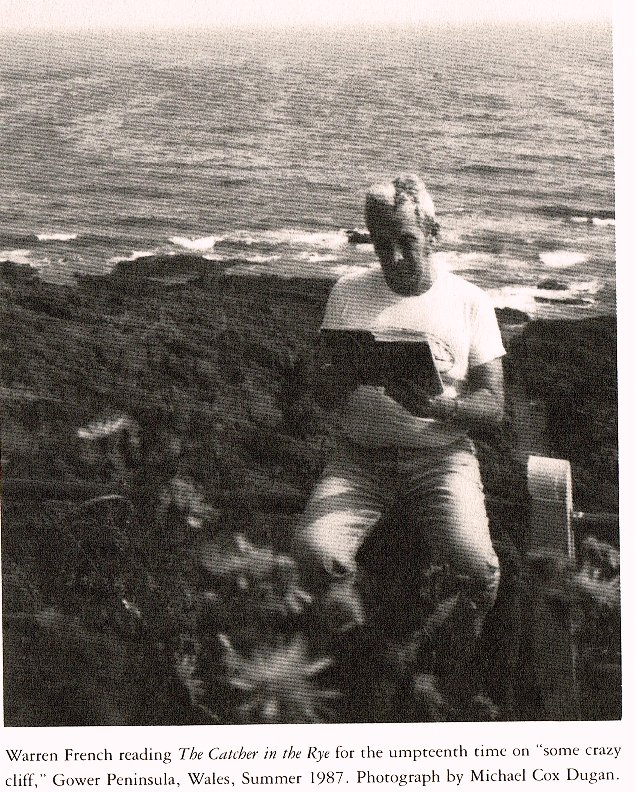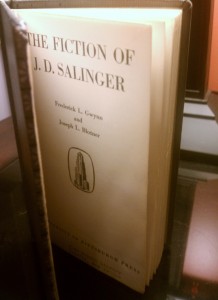MLA Citation:
First Paragraph:
Seelye’s essay starts with a quote from the novel: “I was the only one left in the tomb then. I sort of liked it, in a way. It was so nice and peaceful. Then, all of a sudden, you’d never guess what I saw on the wall.”
“I don’t think I was alone, as a college undergraduate in the early fifties, in regarding Holden Caulfield as a royal pain, an affront to my generation, which was prone to assume supine positions in the name of material well-being. Most of my classmates were conformists eager to become Organization Men inventing Hidden Persuaders, and the grey flannel suit (with that touch of conformist flair, the tattersall vest) was our uniform of choice. ours was the cause that James Dean’s Rebel was without, and James’s shadow figure, John Dean, was one of us. Our greatest fear was not of losing our individuality to corporate America but of losing our lives in Korea. Like Dan Quayle, we did our patriotic best by joining reverse units, hoping that the winds of war would pass by, leaving our private lives unruffled. About the time that Jack Kerouac was making his westward journey that would become thinly fictionalized as On the Road, I spent two summers driving from Connecticut to California to take part in a naval reserve training program that would result in an ensign’s commission just in time for the end of hostilities in Korea. It was not me that Salinger’s Catcher caught.”

